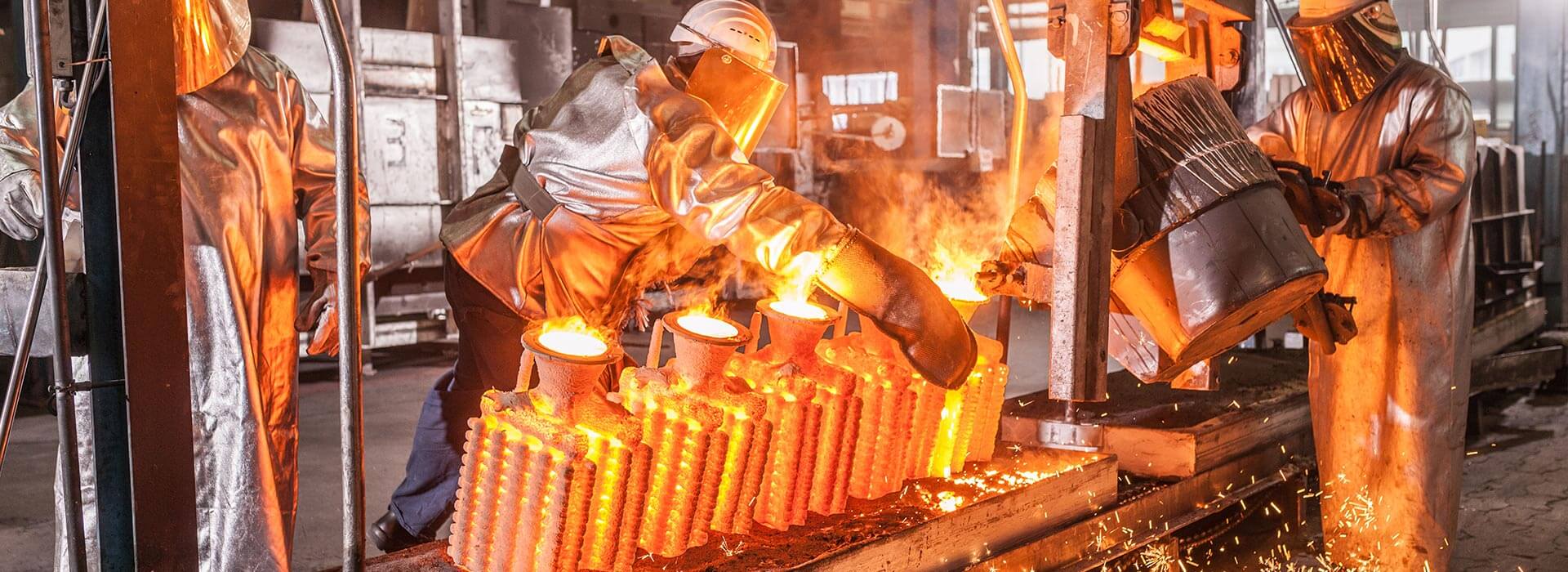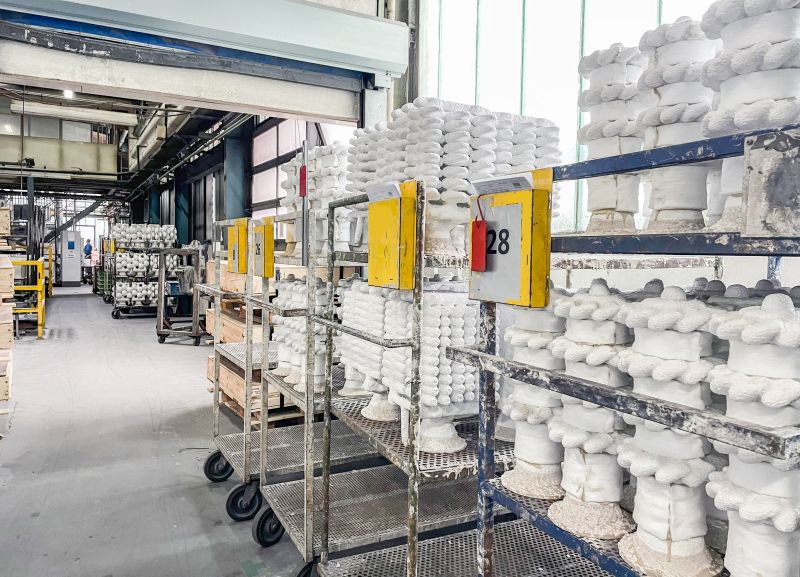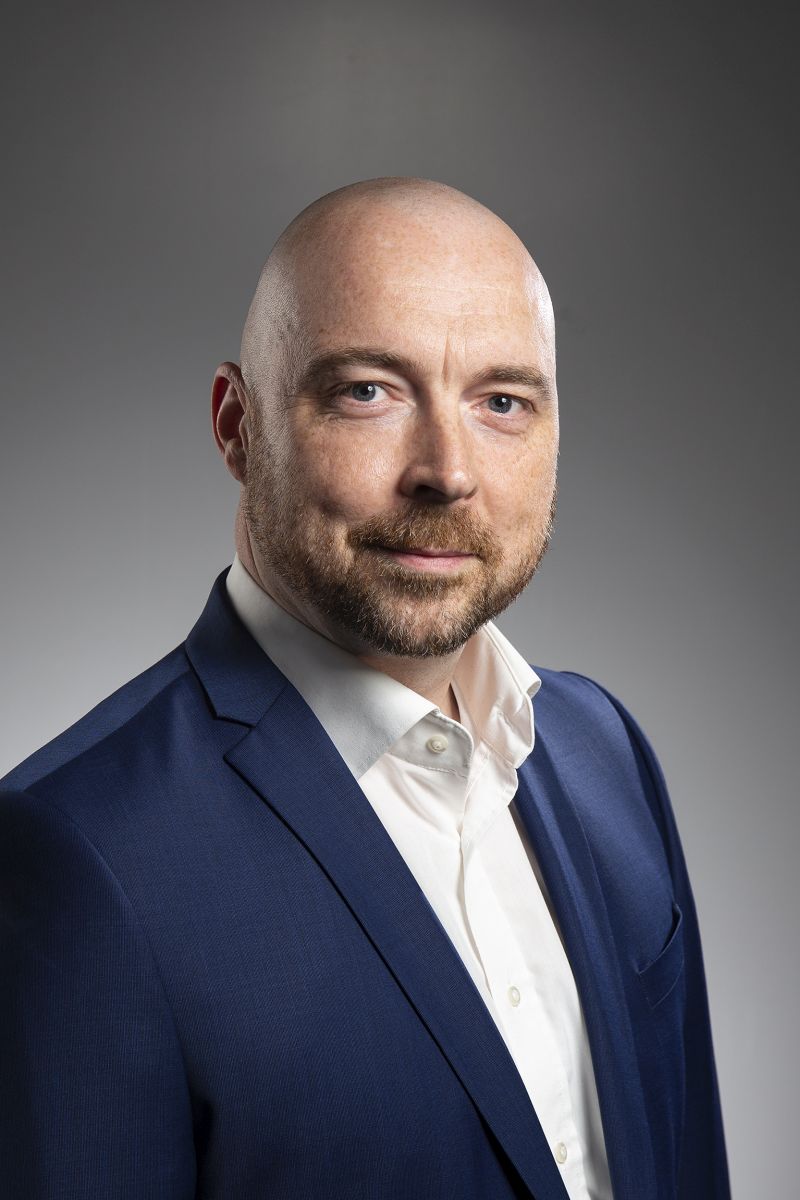"A change process can only work if you pick up the employees and actively involve them," says Peter Schäfer, Head of Investment Casting Production Unit 2 at the BLANK-Group. He demonstrated this by restructuring the casting processes in the company - and the success proves him right. The BLANK-Group presents three approaches that have led to significant improvements and thus changed the process flow in the long term.
Approach II: Clarity and personal responsibility
For the general process flow, in addition to open communication a clear process and the enabling and empowering of employees are decisive for successful cooperation. The second part in the series on process restructuring in the foundry focuses on these important aspects.
4. Clarity
During the investment casting process, wax parts are produced with the help of an aluminium tool, these are assembled to so-called trees and then covered with ceramic mass and sanded. The resulting shells are then first melted out in the foundry before they can be fed into the casting process. The challenge here is that the shells are often similar which makes visual inspection difficult. A reference to the production order is only possible through the enclosed production papers. In this case the clarity could be increased by a colour system. Each melting unit, as for ex. the "roll-over process" or "multi-move robot", is assigned a colour that is reflected on the corresponding trolleys that transport the shells.
5. Increasing the reference to the end product
Another topic close to Peter Schäfer's heart is the reference to the end product. "At BLANK about 1500 different models of about 400 customers are manufactured every year. As a result, most employees do not know what they are currently working on or in which device a casting will be used later. But I am convinced that the motivation in the team increases when you know what you are working on. In addition, you have to keep reminding yourself that there is a value, a commitment, a task behind every casting - in my opinion, this respect, also towards the complex production process, is a basic prerequisite." Therefore, a showcase has been installed in the casting department displaying investment castings with information on the end application. Additionally a new part and its intended use is presented every month throughout the company. But there is also another intention behind the involvement of the foundrymen. "The employees in the casting area only see the shell and the hot melt. If run-out errors occur during the casting process, they cannot always be explained immediately in many cases," says Schäfer, "This is where the foundrymen can help us, because they are in the middle of the process and often recognize better a pattern with regard to melt, geometry and run-out defects."
6. Promoting personal responsibility
This conviction also played a decisive role in another of Peter Schäfer's concerns. For him one premise applies to all activities that occur in the casting area: to make the employees more responsible. "We are not all car mechanics. Nevertheless, everyone can check the oil level and change the wheels. I would like to achieve this state in the foundry as well." The employees should be able to react proactively and be well acquainted with their tools, the casting furnaces. Maintenance interventions can thus be prevented or, when they occur, recognised in time and dealt with at little expense.
"As a supervisor it is important to give self-determination and responsibility back to the worker. Only then potentials can unfold and a learning effect occurs. It is deadly when supervisors get bogged down in micromanagement."



